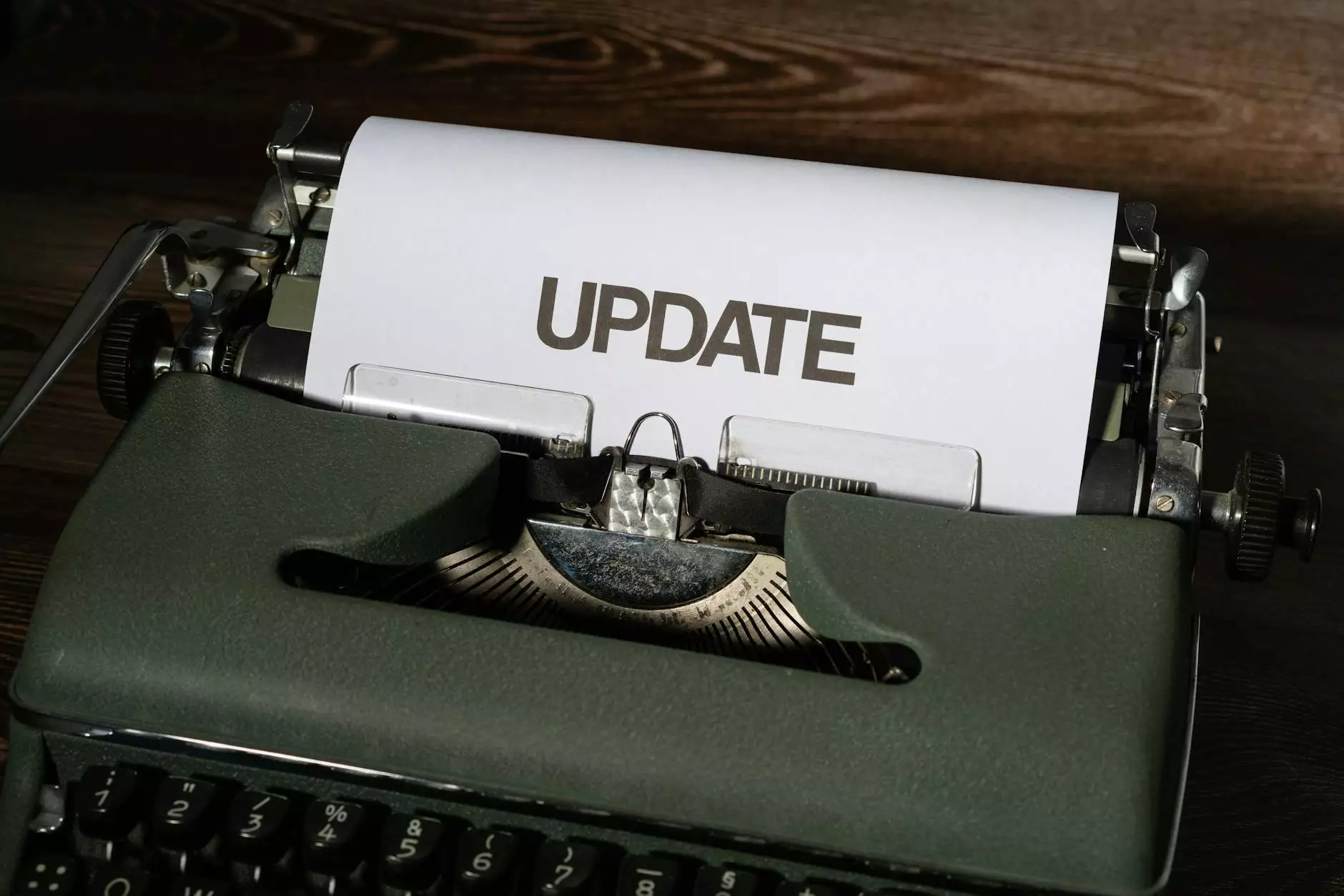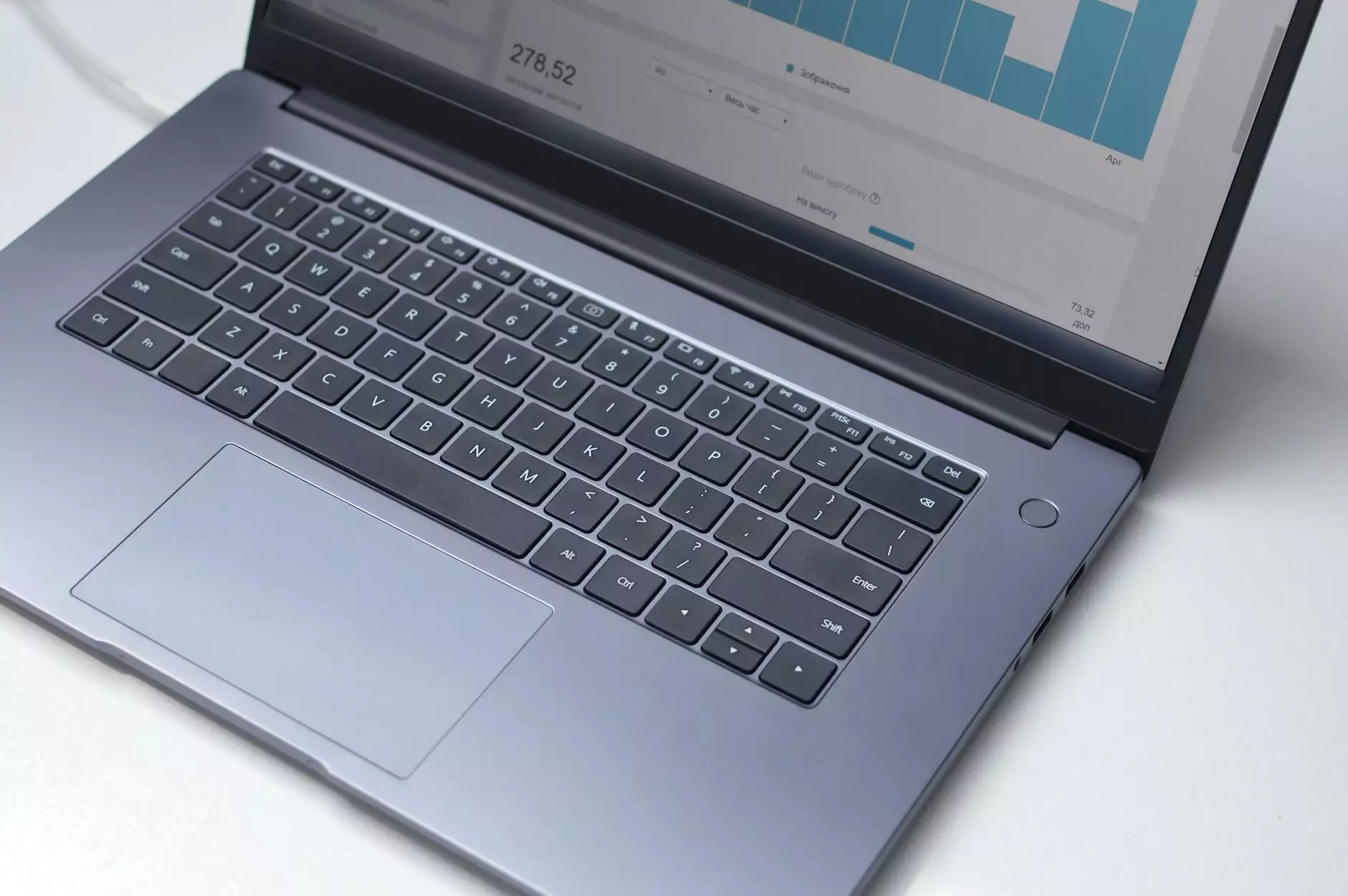What Is Link Rot And How Do I Fix It?

Understanding Link Rot
Link rot, also known as link degradation or link decay, refers to the phenomenon where hyperlinks on web pages become broken or dead over time. These broken links, when clicked by a user, lead to an error page stating that the content cannot be found.
Link rot can occur due to various reasons, such as:
- Website migrations or restructuring
- Website maintenance and updates
- Content being removed or relocated
- Expiration of domains or domain changes
- Failure to update or maintain internal links
This can be a significant issue for both website owners and users. Broken links jeopardize user experience, hinder navigation, and negatively impact website credibility. Additionally, link rot can harm search engine optimization efforts as search engines penalize websites with broken links.
Impact and Importance of Fixing Link Rot
Fixing link rot is crucial for maintaining a healthy web presence and ensuring a positive user experience. Here's why:
1. User Experience
Broken links frustrate users, disrupt website flow, and reduce overall satisfaction. User experience is a key factor in visitor retention, conversion rates, and customer loyalty. By proactively fixing link rot, you can ensure a seamless browsing experience, leading to increased engagement and customer satisfaction.
2. Search Engine Optimization
Search engines, like Google, prioritize user experience and quality content. Websites with broken links may be penalized and ranked lower in search results. By regularly monitoring and fixing link rot, you can maintain a positive SEO performance, potentially outranking competitors in relevant search queries.
3. Website Reputation
A broken link can be seen as a sign of neglect, outdated information, or poor maintenance. Visitors may question the reliability and professionalism of a website if they encounter frequent broken links. By actively addressing link rot and updating your web pages, you can establish a trustworthy reputation and enhance the credibility of your online presence.
How to Fix Link Rot?
Now that you understand the importance of addressing link rot, here are some effective strategies to help you fix and prevent it:
1. Regular Link Audits
Perform routine link audits to identify broken or problematic links on your website. Utilize reliable tools and software to crawl your website and generate a comprehensive report highlighting the broken links. This allows you to prioritize and take necessary actions to fix them promptly.
2. Update and Replace Broken Links
Once broken links are identified, update and replace them with appropriate working links. If a broken link is pointing to external content that no longer exists, consider finding and linking to a similar or relevant resource. Updating internal links, including those pointing to other pages within your website, is equally important.
3. Implement Proper Redirects
If you have removed or relocated content, ensure that you implement proper redirects. Redirect the old URL to a relevant new URL, guiding users and search engine bots to the updated content. This helps maintain website traffic and preserves search engine rankings, preventing potential link rot in the future.
4. Monitor External Links
Regularly check the external links on your website. Due to factors beyond your control, external content may be changed or removed, leading to broken links. Implement link monitoring tools to receive notifications when external links become broken, allowing you to promptly update or remove them.
5. Create a Custom 404 Page
Even with the most meticulous preventive measures, some broken links may still occur. Ensure your website has a properly designed custom 404 page that provides helpful information and suggests alternative content to visitors. This makes the user experience more pleasant and encourages further exploration of your website.
6. Maintain Good Website Hygiene
Consistently updating and maintaining your website is key to preventing link rot. Regularly review your content, remove outdated pages, and ensure internal links are up to date. Implement version control systems to manage content changes and maintain proper documentation for future updates.
Conclusion
Link rot is a potential threat to the accessibility, user experience, and search engine performance of your website. By understanding the causes and implementing proactive strategies, you can effectively prevent and address link rot issues. Regular link audits, updating broken links, implementing redirects, monitoring external links, and maintaining good website hygiene are essential steps towards fixing and preventing link rot.
Praiseworthy Consulting, a leading provider of consulting and analytical services, offers expert guidance on eliminating link rot and maintaining a healthy website structure. With their professional assistance, you can ensure an optimal web experience for your users while enhancing your search engine rankings and online reputation.









